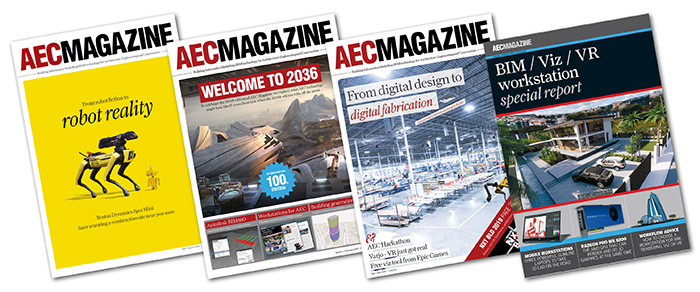Visually rich platform uses USD format and RTX to bring together photorealistic graphics, simulation and AI
Nvidia Omniverse has entered open beta, with availability for download this Autumn.
The Nvidia RTX-based 3D simulation and collaboration platform, which brings together photorealistic graphics, simulation and AI, is designed to enable remote teams to collaborate simultaneously on projects. This could be architects iterating on 3D building design or engineers collaborating on autonomous vehicles. Omniverse is based on Pixar’s widely adopted Universal Scene Description (USD), a format for universal interchange between 3D applications with origins in visual effects and animation. It works with a range of Hydra-based renderers including Renderman, Arnold and, of course, Nvidia’s own Omniverse RTX.
Omniverse has support from several software developers including’ Adobe, Autodesk, Bentley Systems, and Robert McNeel & Associates. There are ‘connectors’ or plug-ins which offer live links to the major 3D design tools, including SketchUp, Revit, and Rhino, and viz tools 3ds Max, Unity, Maya and Unreal Engine. Blender is also working with Nvidia to add USD capabilities to enable Omniverse integration with its software.
All of these applications can talk to each other via the Omniverse ‘nucleus’ which only transmits what has changed in the scene, allows everything to be ‘real time and dynamic’.
There are also Omniverse apps, including ‘view’ which allows users to visualise architectural renderings in real time.
Early adopters of Omniverse include Foster + Partners who is using Omniverse to help with data exchange workflows and collaborative design processes, and Woods Bagot who is exploring the Omniverse platform to have a hybrid cloud workflow for the design of complex models and visualizations of buildings.
Read this AEC Magazine article to find out more.

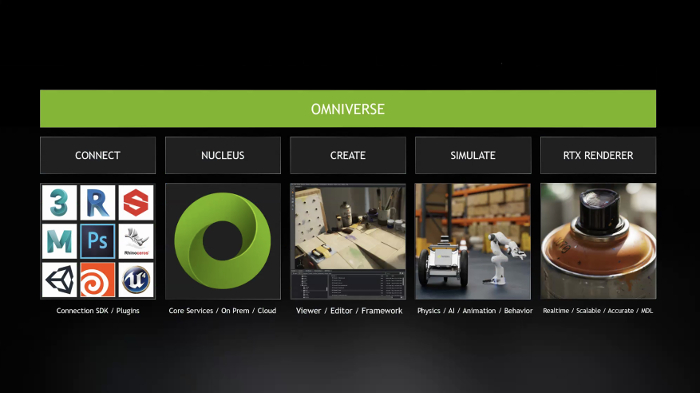
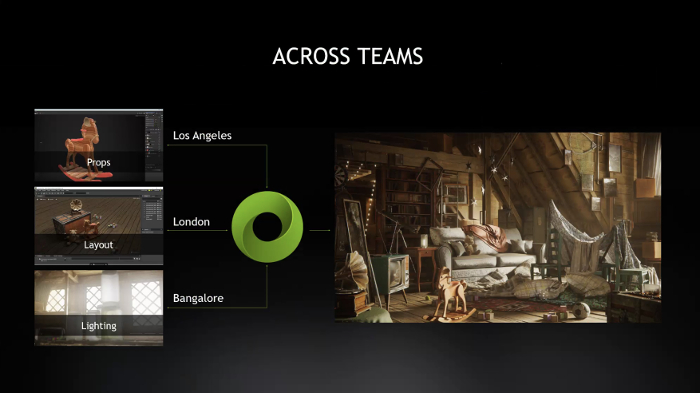
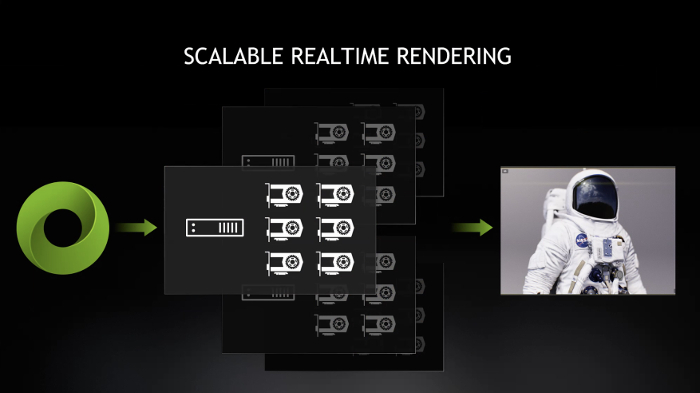
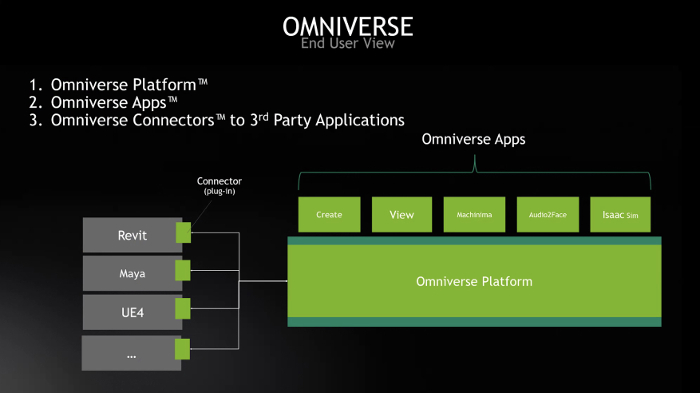
If you enjoyed this article, subscribe to our email newsletter or print / PDF magazine for FREE


